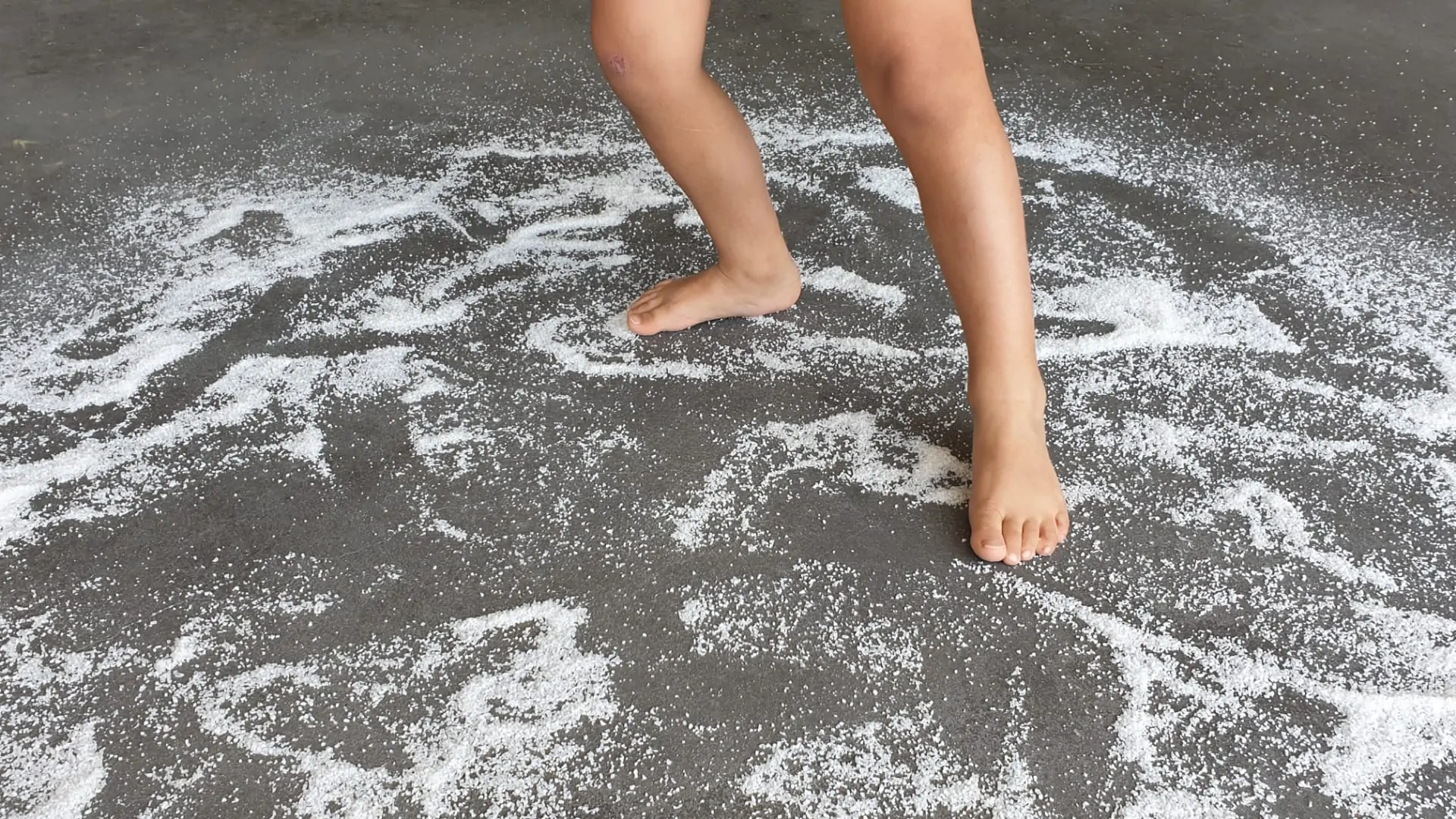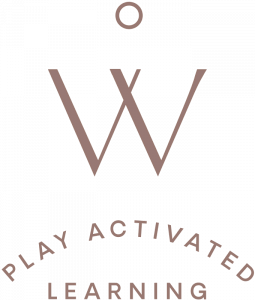It is impossible to disconnect sound from movement. We can think of movement as an emotional response to sound, as when we dance. But movement can also be the sound source, as every sound depends on movement (like striking a piano key). And at the same time, sound happens when an object, the surrounding air molecules, and our eardrums vibrate.
This Play Invitation challenges children to explore sound and engage with freestyle movement. This will build on their body awareness, and they will be making choices to move expressively with intention and rhythm while developing flexibility and sound discrimination.
What Could Lead Us to This Play Invitation
- Children have been adding emotion to their body movements through drama games and dance;
- Children are curious about new music types with new rhythms and sounds;
- Children are excited about trying new skills like climbing, somersaults, jumping, etc.;
Materials Needed
• A device to play music
• Sand (or salt)
• A broom
Setting up this Play Invitation
- Set up an ample and safe space with a thin layer of sand in the entire exploration area.
- Have your music device ready to play some instrumental music like this one.
Tip: Use the broom to sweep the sand dispersed back into the exploration area.
How to engage with the sand
- Bring your group of children and arrange them around the exploration area.
- Ask everyone to remove their shoes.
- Play a piece of music, and invite children to express themselves through movement, leaving traces on the sand.
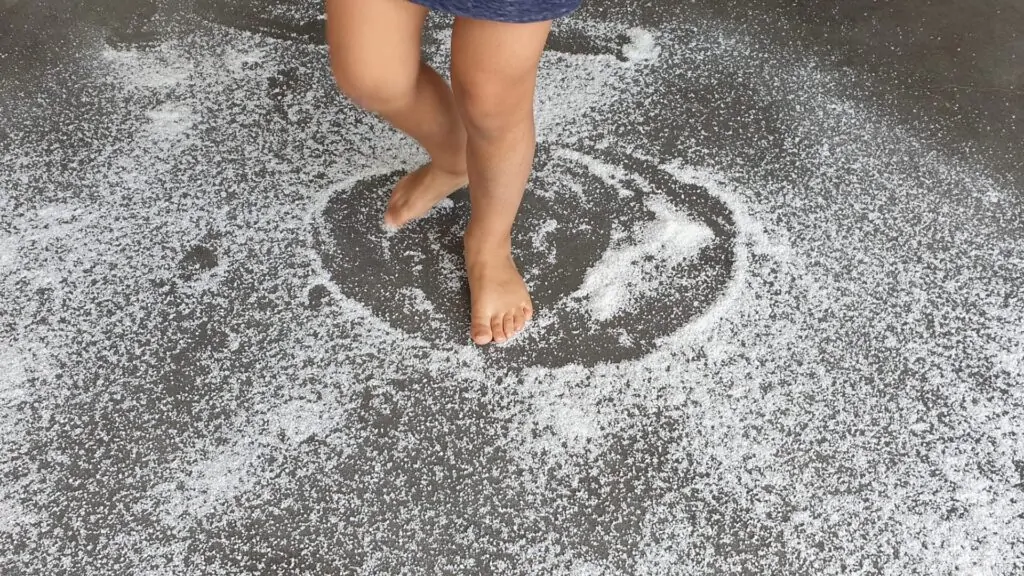
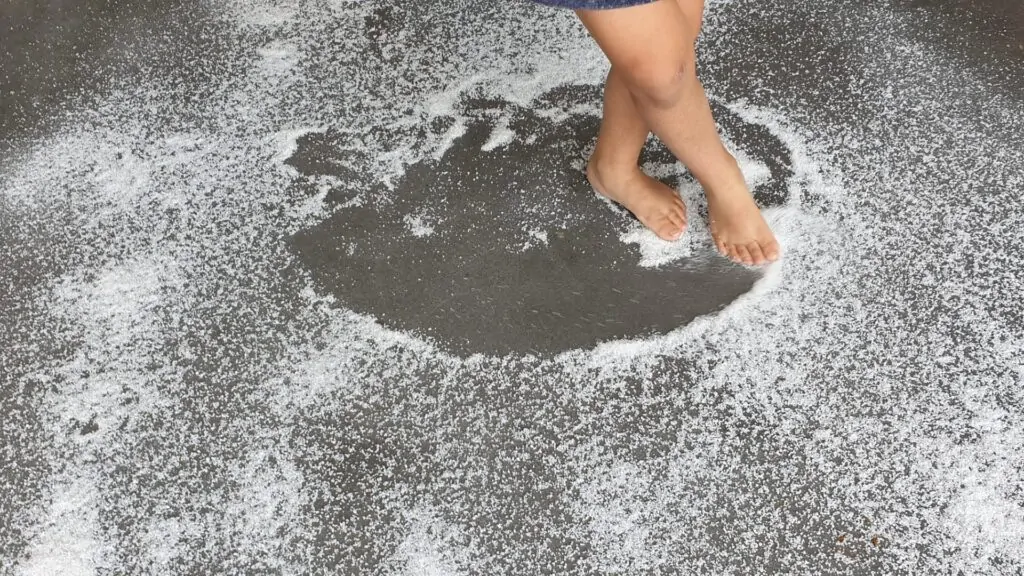
Optional Next Step: Play a different type of music and see how the traces in the sand change. Analyze that with the children and invite them to imagine what movements could produce such traces.
How to Nurture the Natural Unfolding of the Child’s Identity During This Play Invitation
- Children have the right to have plenty of opportunities to develop their body awareness. Some studies show us that nowadays, children spend too much time sitting and have less and less opportunity to use their whole body in their play. This translates into children with little dexterity, clumsy movements, little body knowledge, obesity, and aggressiveness. They also need help understanding the body language of others and the concept of personal space. Therefore, movement and big-body play are mandatory for healthy development.
The Academic Learning Opportunities
- MATH: Describe and compare measurable attributes (e.g., size, pattern) and shapes.
- LANGUAGE: Engage in exploratory and imaginative play with different materials, and elaborate on an imaginative idea.
- PHYSICAL: Build on their fine motor skills and visual-spatial relationships.
- SCIENCE: This is a great opportunity to talk with the children about texture and how the glue feels on their fingers. Is it hard or soft, gooey or sticky, warm or cold? These are all words you can use to increase children’s language development and science vocabulary.
Extensions
- Children can explore this play experience in pairs, working together to create marks with their feet on the sand.
Book Recommendation
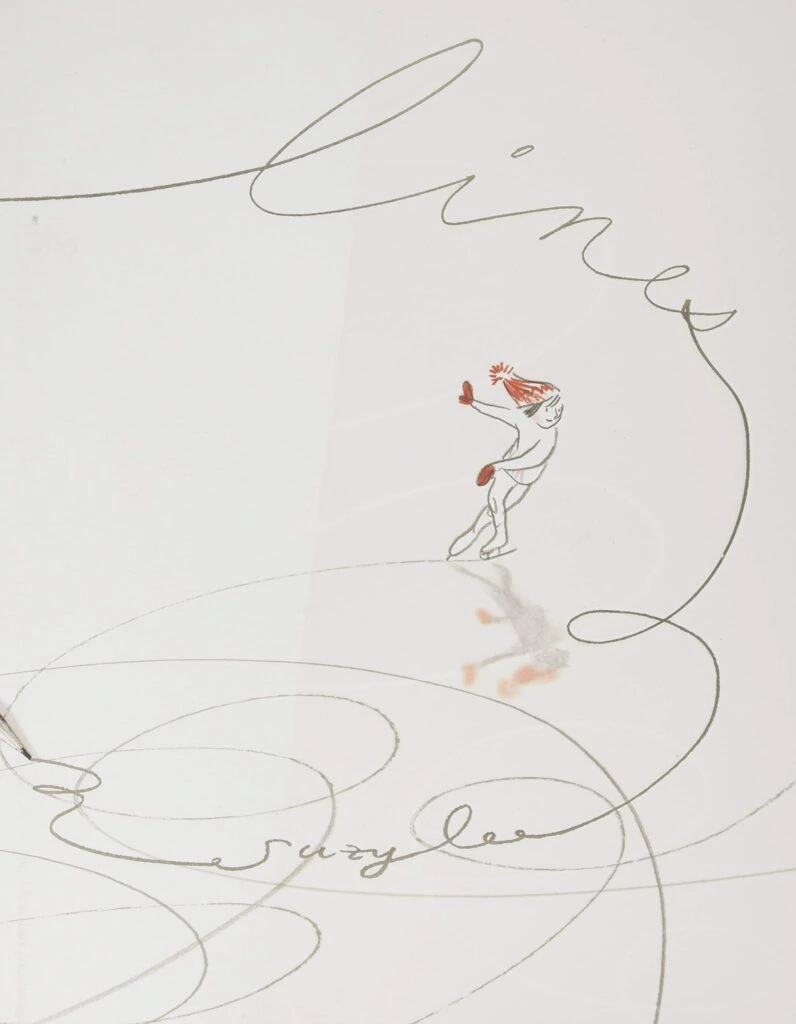
A magical book that connects .
